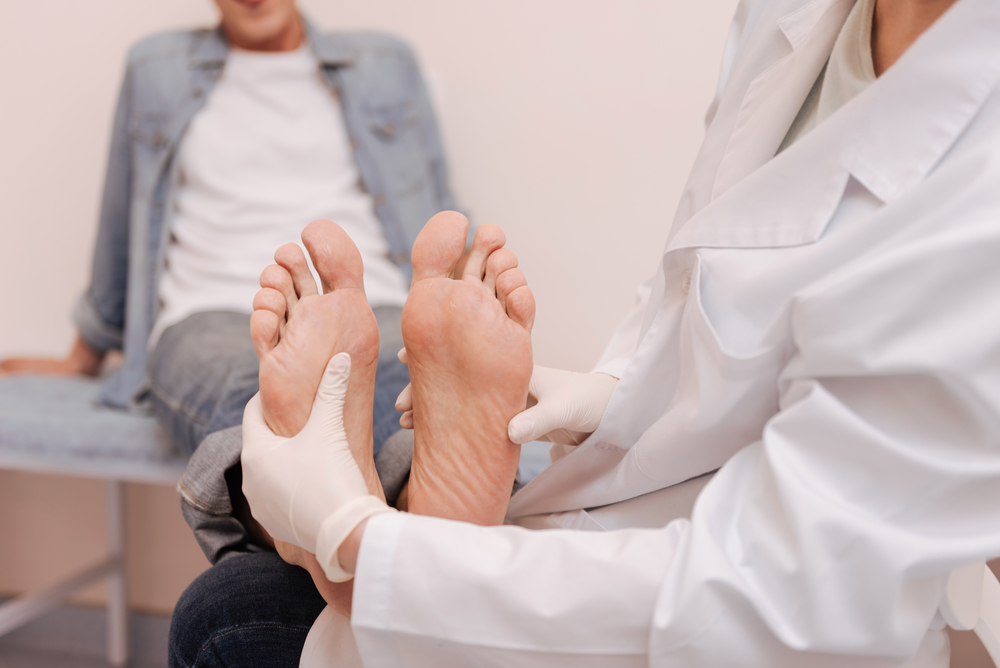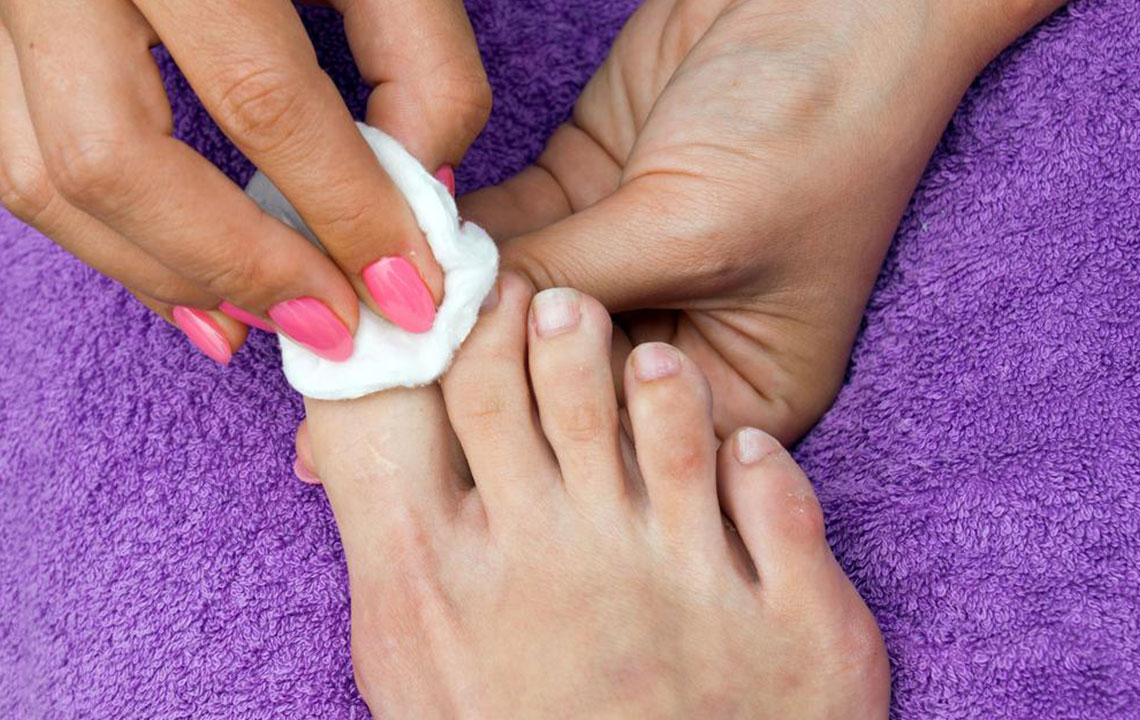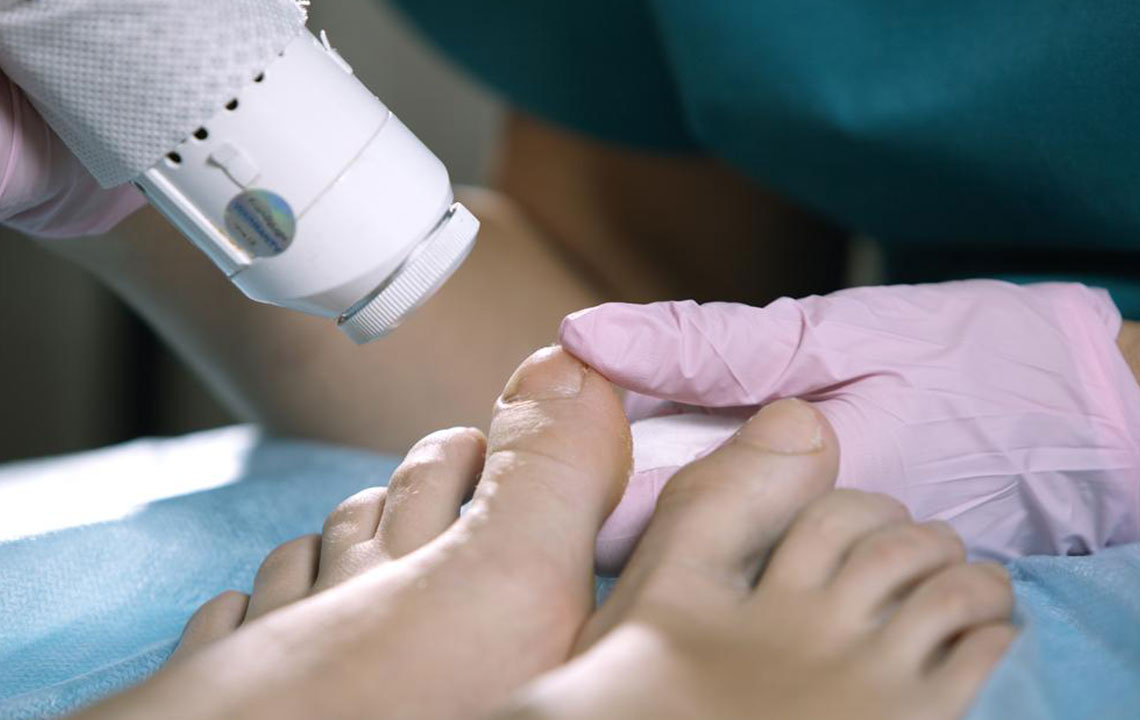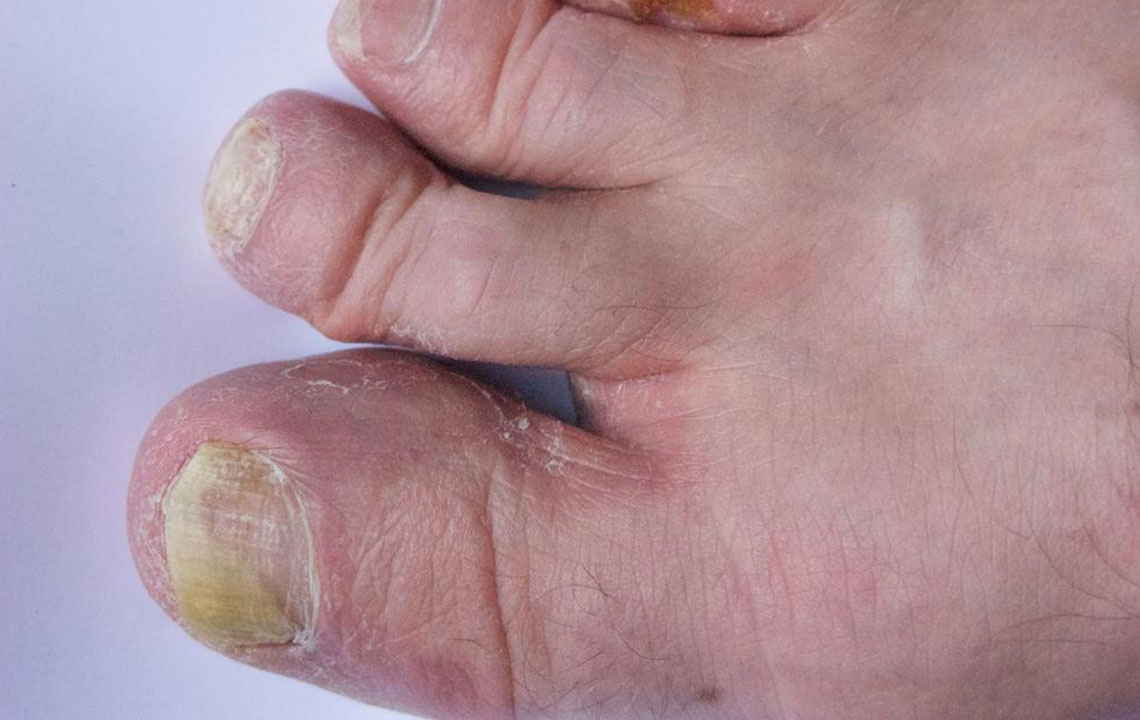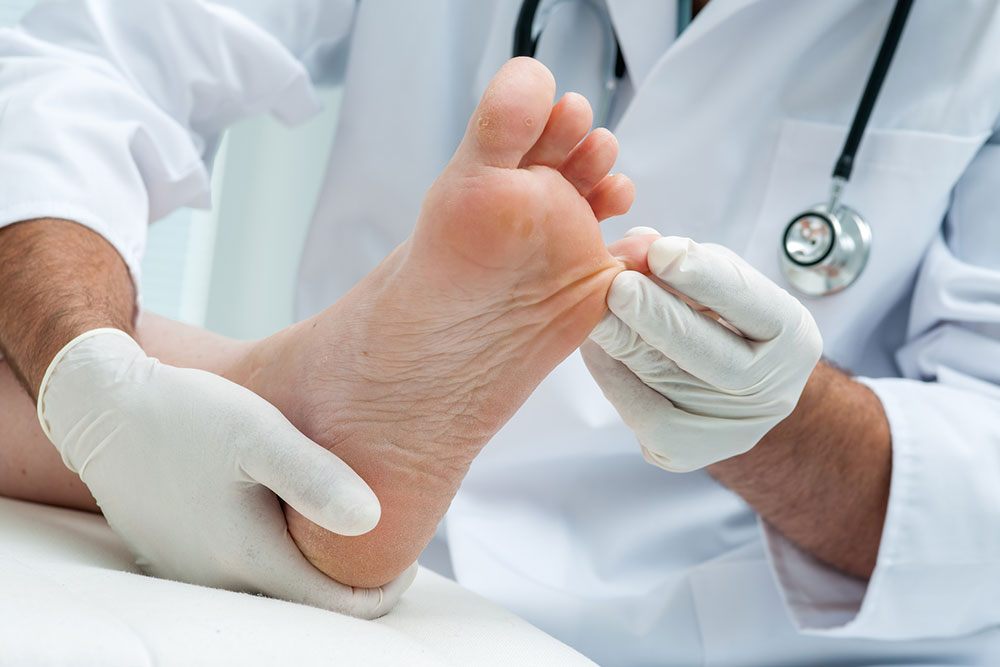Effective Strategies to Eliminate Toenail Fungal Infections
Discover effective methods to treat toenail fungus, including home remedies and professional options. Learn about symptoms, risk factors, and when to seek medical attention to prevent complications and promote healthy nails. Proper care and early intervention can help eliminate infections and boost confidence.
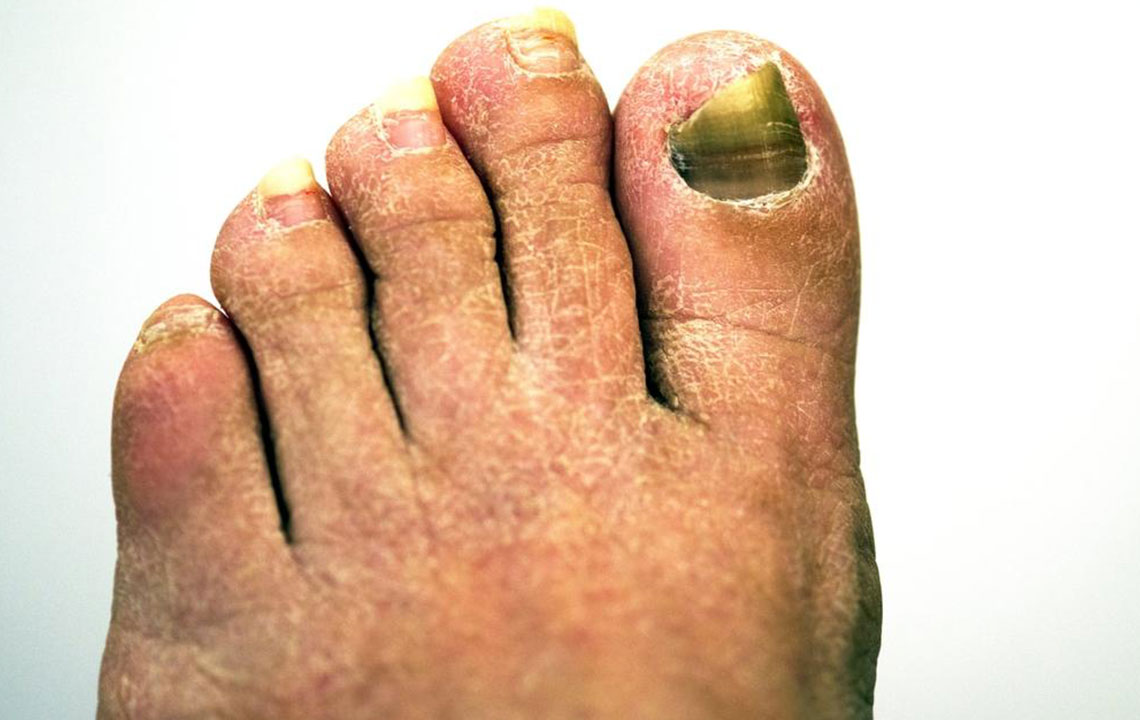
Effective Strategies to Eliminate Toenail Fungal Infections
Toenail fungus can be both embarrassing and challenging to treat. It can also spread to nearby nails, skin, and even fingernails if not addressed promptly. Early intervention helps prevent worsening of the condition. Several treatment options can effectively control and eradicate toenail fungus. While recurrence is possible, understanding proper management can boost confidence and improve quality of life.
Onychomycosis, commonly known as nail fungus, affects individuals across ages, especially older adults and men. Various factors increase susceptibility, including genetics, lifestyle habits, and health conditions.
A history of fungal infections in the family, close contact with affected individuals, excessive sweating, poor ventilation in footwear, and walking barefoot in damp environments are common risk factors. Underlying health issues such as weakened immunity, diabetes, and genetic conditions like Down syndrome can also raise the risk of contracting toenail fungus.
Symptoms indicating a fungal toenail infection include thickened, brittle nails, discoloration, crumbling edges, and dull appearance. Recognizing these signs early is crucial before choosing an appropriate treatment.
Home Remedies
Apple Cider Vinegar: Known for its antifungal properties, apple cider vinegar can be diluted with water and used as a soak for the feet for about thirty minutes daily. Ensure the nails are thoroughly dried afterward.
Baking Soda: Baking soda helps combat fungi. Mix it with water to form a paste, apply on the affected nails, leave for a few minutes, then rinse and dry completely. Regular use may lead to new, healthy nails replacing the infected ones.
Tea Tree Oil: This natural remedy has been used for years to treat fungal infections. Apply a cotton ball soaked in tea tree oil directly onto the affected nails and allow it to dry without rinsing.
Professional Treatments
If home remedies do not yield results, consulting a healthcare provider is advisable. They will examine your nails to confirm the diagnosis and recommend suitable treatments. Options may include topical antifungal creams, nail lacquers applied weekly, or oral antifungal medications. In severe cases or persistent infections, removal of the affected nail might be necessary. Your doctor will evaluate your overall health to determine the best course of action, especially considering potential side effects.
When to Seek Medical Attention
If you notice persistent discoloration, pain, swelling, or pus, or if you have underlying conditions like diabetes or immune deficiencies, see a healthcare professional promptly. Untreated fungal infections can worsen, cause permanent nail damage, or lead to secondary bacterial infections. A high fever or increasing tenderness should prompt immediate medical consultation.
While toenail fungus can sometimes resolve spontaneously, diligent foot hygiene and monitoring are essential. Keep nails clean, short, and dry, wear breathable footwear, and avoid walking barefoot in damp areas. Be mindful that the infection can spread between nails and to other parts of your body. Washing hands after touching infected nails helps prevent spreading. Consistent care and early treatment significantly improve recovery prospects and reduce recurrence risks.

